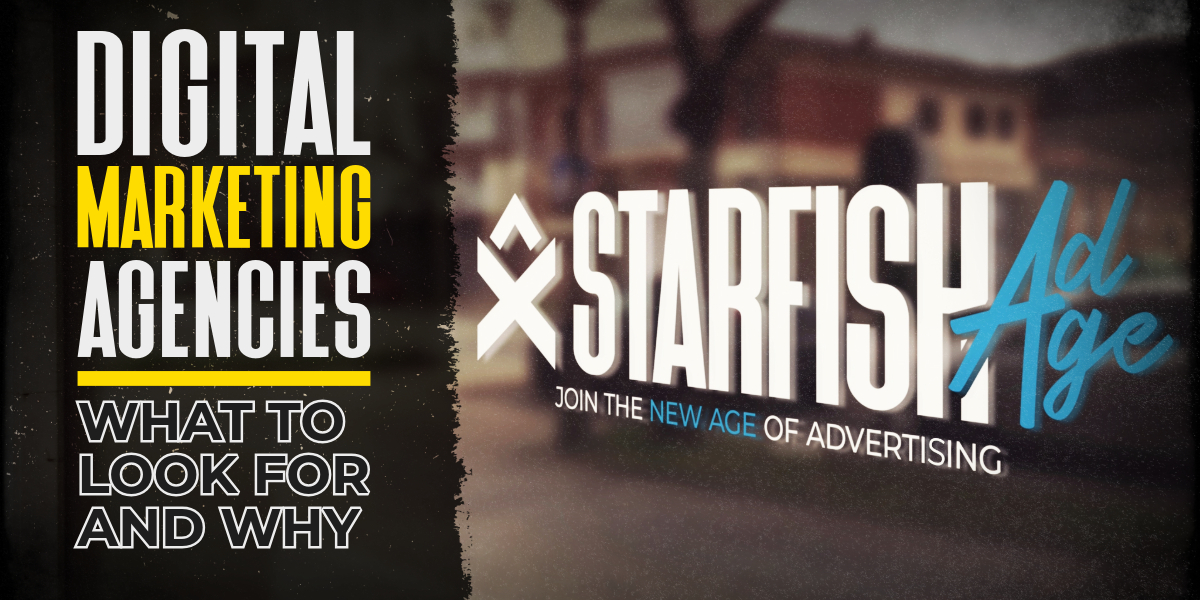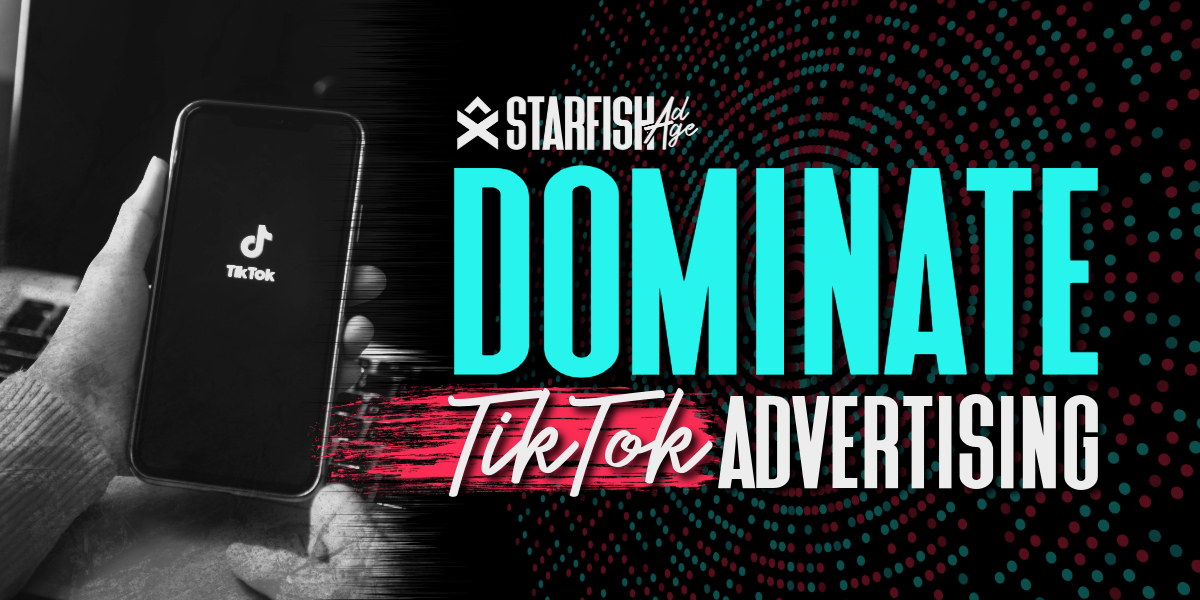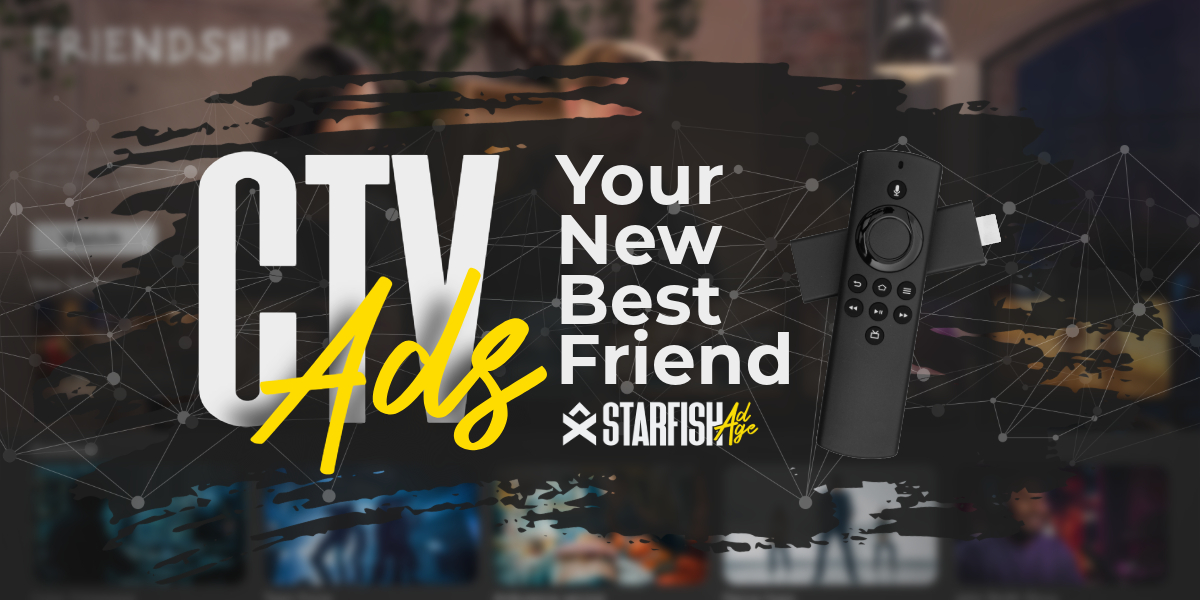
14 Digital Marketing Solutions to Grow Your Business
14 Essential Digital Marketing Solutions to Boost Your Business Growth

Businesses that are doing well are capitalizing on their current customer connections and the information that customers are willing to offer in order to provide them with better experiences. This information, also known as first-party data, may serve as the foundation for ways to communicate with consumers that are protective of their privacy and are future-proof.
Publisher Advertiser Identity Reconciliation, or PAIR, is a new solution that lets publishers and advertisers match their first-party data for people who have visited both an advertiser’s site and a publisher’s site. This can be done in a secure and private way. Through the process of aggregation, advertisers and publishers will have the ability to activate encrypted first-party information that is specific to their own websites. This procedure assures that no user-level data is ever exchanged between parties, and that the aggregated data is only accessible and useful in the restricted context of their direct interaction with one another.
PAIR allows marketers to have a closer connection with their known audiences while avoiding monitoring people throughout the web. This is made possible by PAIR’s capacity to connect with known audiences. As a consequence of this, advertisers are now able to present relevant ads to some of the audiences with the highest intent, which helps to improve advertising effectiveness and achieve marketing goals while still meeting the expectations that people have about their privacy.
Customers want advertisements that are relevant to them, but they don’t want their privacy compromised in exchange for such advertisements. Without having to rely on cookies set by a third party, advertisers would be able to display relevant advertisements to their first-party audiences (such as customers who have already made purchases and those on customer loyalty lists) using PAIR.
Take, for instance, the scenario in which you own a shoe store and a number of customers have opted to join the mailing list for your establishment. When they were looking at material online, these same people on your list may have also provided a publisher with their email addresses. This was done in a separate transaction.
By utilizing advertisers’ first-party data in a manner that is both safe and respects consumers’ faith in a company’s brand, PAIR will make it possible for us to develop better-tailored advertising campaigns for those businesses.
PAIR is intended for use in the execution of any and all sorts of transactions, and publishers will have the option of utilizing any supply-side platform of their choosing. PAIR has already been used by publishers.
Reconcile first-party data in a way that is both safe and respectful of users’ privacy. PAIR is not like other audience research methods since it does not involve the collection of data from several sources.
PAIR will safeguard trust in your brand since it does not enable monitoring of individuals throughout the internet, which is a practice that does not, in our opinion, live up to the standards of privacy that users have come to expect. Instead, users will only be shown advertisements from the sponsors and publications with whom they have direct ties. This will provide users greater control over the advertisements that they view.
This ensures that there is no way for any one party to reverse-encrypt or identify users, as each key is exclusive to a particular advertiser-publisher connection. Following encryption and reconciliation, both the advertiser and the publisher will receive the percentage match rate of their respective first-party audience lists; however, neither party will obtain any user-level matches nor will they receive any Personally Identifiable Information (PII).
Any data that is sent between advertisers and publishers is guaranteed to remain private, and only the encrypted versions of that data are sent to Display & Video 360 for the purposes of reconciliation. In addition, clean rooms assist in the management of the data upload and encryption process, relieving publishers and advertisers of the responsibility of managing these processes on their own. This will provide brands with the variety and resilience they want in order to develop trust with their clients and satisfy their expectations for more tailored advertising experiences.

14 Essential Digital Marketing Solutions to Boost Your Business Growth

Learn about SEO, PPC, social media marketing, content marketing, and more to drive traffic and conversions. Read now!

Learn how to select the best digital marketing agency for your small business, the benefits of hiring an agency, and tips for maximizing your online presence.

Learn how to leverage TikTok advertising, ad formats, targeting options, and best practices to increase brand awareness, and drive sales.

Learn about Connected TV (CTV) ads, their benefits, and how they work. Understand programmatic CTV advertising for effective digital marketing campaigns.
All Rights Reserved | Starfish Ad Age LLC | 2023 | Privacy Policy